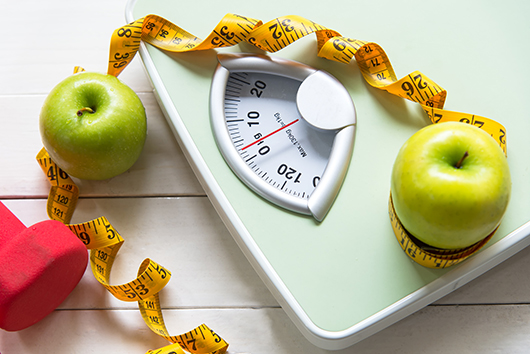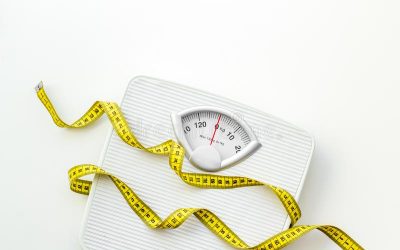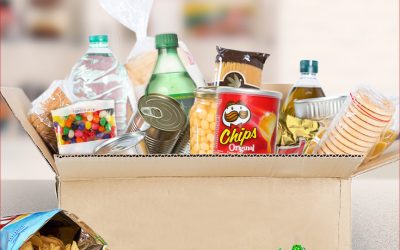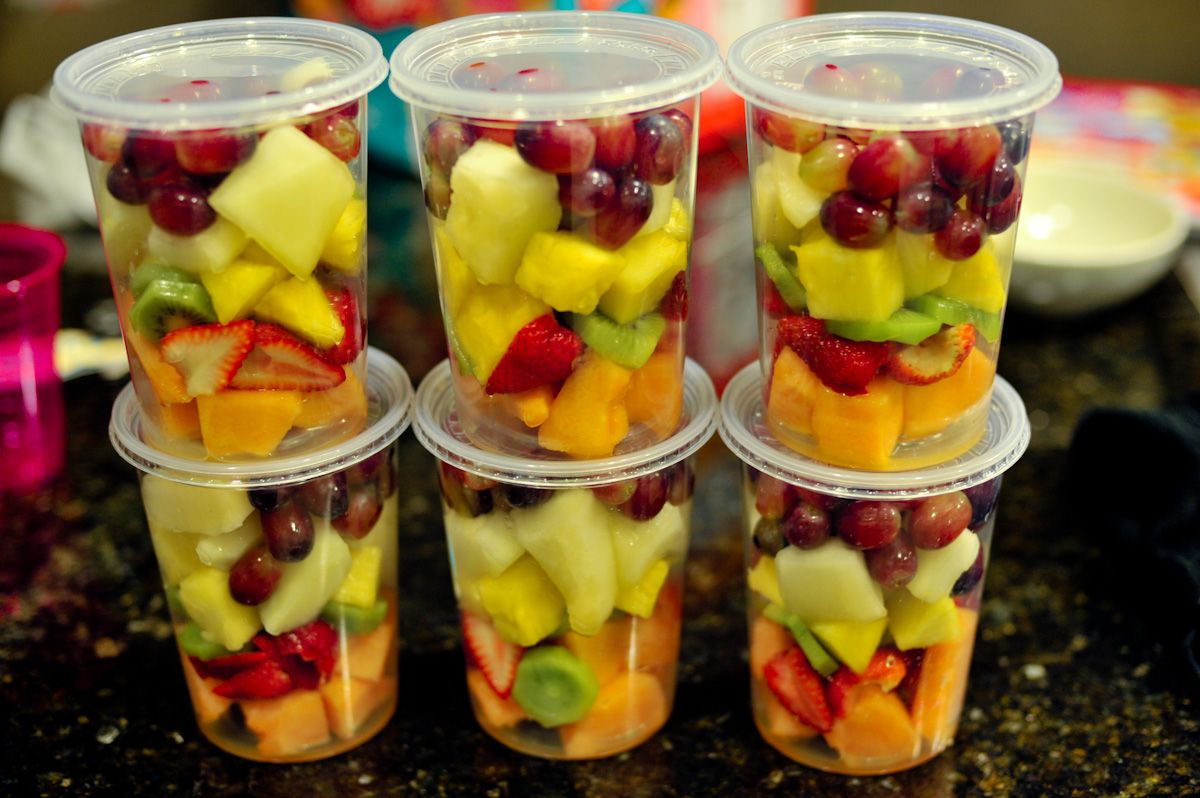
Are you ready to SUCCEED in losing weight and improving your health?
If you’re reading this, chances are that you’ve started a diet (maybe several times), but you haven’t been as successful as you would have liked. Or maybe you know you need to lose weight and you’re looking for a formula to help you sustain your diet plan and achieve results.
The reality is that a diet, any diet, is physiology. With the exception of those situations in which a medical condition compromises the way a person’s body works, the process your body undergoes when it loses weight is relatively straightforward. Simply put, If we burn more calories than we consume, and we exercise or stay active, we will lose weight. So, if the formula is so simple, why is it so difficult to maintain those good healthy habits?
The greatest challenge for us in maintaining a healthy diet is in our heads. Practically everything we do is a decision. The clothes we wear each day, the route we take to work, or the movie we decide to watch – these are all decisions. And as difficult as it might be to accept, whether we stick to our diet or not is also a decision.
You’ve probably heard (or used) the phrase, “falling off the wagon” as it relates to a person’s diet. But the reality is that we don’t actually fall off the wagon. We step of the wagon. We jump off the wagon. We even leap off! The best way to increase our probability of success is not to go on a diet, but instead, we need to create and follow a plan that will improve what we eat, the way we eat, and how we can adhere to good healthy lifestyle habits that will promote and support weight loss, and a stronger, healthier body.
So let’s explore the steps we can follow that will greatly increase the probability that we’ll have success in our weight-loss journey, and let the stupid wagon go rolling off into the sunset by itself.
1. Personal Assessment
2. Creating Your Plan
3. Inventory and Purge
4. Mindful Shopping
5. Carrying Healthy Snacks
6. Creating Your Exercise Plan
7. Eating Out Strategically
8. Planning for Travel
9. Mindful Eating
10. Creating a Team (Your tribe!)
1. Perform a Personal Assessment

One significant challenge in maintaining momentum and consistency in a weight-loss plan is setting goals that are difficult or unrealistic. Not only is it a challenge, but it is also the most common reason for many people’s failure. It’s very important that you have a clear understanding of where you are in the beginning of your plan. What’s your starting point? Your first step is to perform a personal assessment.
Here’s a good Self Assessment form you can use for this step.
Your personal or self assessment is simply a matter of weighing yourself, recording your measurements, and understanding your body composition. Once you’ve recorded this your baseline info, you’ll have the data necessary to track your progress and set realistic goals. With this information in hand, you can then step back, take your time, and create your goals. (With an “s”!) Not only is it perfectly fine to set multiple goals, but it is a preferable strategy. This way you have more manageable milestones to pursue, and you will be able to celebrate and build on each one as you move forward to achieve your next objective.
It’s important to keep in mind that achieving your weight goal should be only part of your effort to get and stay healthy. Other factors that have a significant impact on your health, energy, and strength are your body composition measurements. These include your body fat, muscle mass, BMI, visceral fat, and metabolic rate. These can easily be measured using a very inexpensive body composition scale.
Let me reiterate, because this is important. You must set realistic goals! Probably THE most common reason that most people fail in their weight-loss efforts is because they’ve set unrealistic goals. Use this goal setting worksheet to help you with setting your goals and identifying milestones.
2. Create a Plan

Your plan is your roadmap for losing weight and improving your health! It can be difficult to determine how well (or poorly) you’re doing if you don’t have a plan. Shooting from the hip is never an effective way to plan anything, especially your diet. Start by planning and writing your meal schedule for the week. Planning your meals is a great way to stay on track, and it also is a very effective method of helping you to be more mindful of your shopping. Even if you’re also shopping for others in your household who might not be doing diet planning, as well, a meal and shopping plan can help to ensure that you stay on track. You can create your plan on your phone, calendar, or in your journal. Here is a nice one you can use and keep somewhere that you’ll see it on a daily basis.
Meal planning guide (Excel)
Meal planning guide (.PDF)
In addition to your meal plan, you should also create a plan for your exercise and activities. If you already have an exercise regimen or participate in some physical activities (even moderate or mild activities), you may not need to create a formal plan. However, the more consistent you can be with both your diet, your exercise and activities, the more likely you’ll be successful achieving your weight loss goal.
3. Inventory and Purge!

Now that you have your meal plan in place, it’s time to purge your home of all the food and drink that are not healthy, and not a part of your plan. Once this is done, do an inventory of what’s left so you can make your shopping list. When you purge, obviously, you don’t want to waste or discard food. So if there is a friend or associate you think might want or need it, consider giving it to them. You can also consider making a donation to the local food bank or pantry in your community. That makes this part of your plan a win-win.
One challenge to this step of your plan can be if there are others in your household who are not on the same path when you start. This can make the purging step more difficult, especially if you find yourself having to wait until the cover of darkness to get rid of the really bad stuff! But, there are good methods to maintain that balance.
4. Mindful Shopping

You’ve purged your home of the bad stuff and you have your meal plan in place. Now, make your shopping list. Your list should include only those items (food and drink) that are a part of your meal plan. What do we mean by “Mindful Shopping?” Keep in mind that grocery stores are designed to entice you and can take you off course easily if you’re not focused. Stick to your list and only purchase those things that are on your plan. Review your list prior to going into the store, use your list while you shop, check off each item you put into your cart, and make a beeline for the checkout once you have everything on your list.
Do your due diligence to avoid letting the store or market throw you off track. It’s helpful to understand how stores are designed to persuade you to abandon your well-though-out plan.
5. Carry Healthy Snacks

Now that you have your plan complete and your shopping done, it’s time to put it into action. Stick to your meal and exercise plan! If you’re going to be at work or out and about, make sure you carry healthy snacks with you. This way, when you get those little cravings during the day, you’ll have something healthy to snack on. Here is a list of some very healthy snacks you can keep with you. Make sure these are also included on your shopping list.
6. Create Your Exercise Plan

In your weight-loss journey, you should make sure you have an exercise or activities plan to help you burn calories, improve your strength, and deliver oxygen and nutrients to your body. Your exercise program should be appropriate for your fitness level, even if it is just light activity. Ideally, make your exercise and activity plan separate from your meal plan.
Your meal plan should stand on its own and deviation from it should be minimal to nil. While your exercise and activity regimen should be performed in concert with your diet management, we don’t want to feel “some kind of way” if we miss or skip an exercise day and feel like we’re experiencing a misstep on our weight-loss journey. Yes, exercise is important, but not nearly as critical as maintaining a balanced, nutritious diet. And as I mentioned earlier, if you already have an exercise or activities regimen, you probably won’t need to make a formal plan. Just make sure you stick to your regimen consistently.
7. Eat Out Strategically

Eating out can be a challenge, but with a bit of planning, you’ll be able to stay on track with your diet management. Managing your diet shouldn’t be painful, and you shouldn’t have to give up your social life or the enjoyment of eating out with family or friends. If you know where you’ll be eating, grab a menu from the restaurant’s website and decide what you’ll order ahead of your arrival.
If you wait until you’ve been seated to take a look at the menu, it can be a bit difficult to make the best choices. When you’re hungry, the combination of the the tempting pictures and descriptions in the menu, the server’s explanation of the specials, and the sounds and wonderful smells of the restaurant can be quite effective in throwing you off track.
If you’re not able to preview the menu or the restaurant doesn’t have one available online, make the best decisions you can from the menu when you arrive. You normally can’t go wrong with veggies, protein and a healthy fat.
8. Plan for Traveling

Travel can pose another challenge when you’re trying to manage your diet. There are a few things that you can do to help you stay on track:
- If possible, pack food to take with you. Ideally, if you have an insulated lunch bag or a small cooler, fill it with your healthy snacks
- Try to avoid deviating from your meal plan! The schedule you have for your meal plan is as key to your weight loss as what you’re eating. If you know when and how often you’ll be traveling, design your meal plan to accommodate your time on the road.
- If you’ll be staying in a hotel, try to get a room with a mini fridge. This way, you’ll be able to keep those healthy snacks in your room and avoid the need to order out or visit a convenience store where your healthy eating options may be limited.
9. Mindful Eating

This might seem obvious, but don’t discount its importance. Make the effort to be smart when you’re eating. If you completed your meal planning form and follow It carefully, you shouldn’t have much difficulty with mindful eating. But remember these tips:
- Eat slowly and thoroughly chew your food
- Even when practicing portion control, listen to your body and stop when you’re full
- Try to eliminate distractions (like the television or your phone.)
- Try to eat at the same time and location (when possible)
10. Create a Team

There really is strength in numbers! Few things can be more effective in helping you to maintain your focus and progress than a health & wellness buddy (or two!) Having someone to accompany you on your program will allow you to hold each other accountable for both your diet management and your exercise regimen. Anyway, it’s more enjoyable to take the journey with a friend or family member!
The Bottom Line
Hopefully, these tools and this plan will help you to start, restart, or continue your journey to improved health and wellness by being smart about managing your diet. Changing or breaking habits is not easy. Not at all. As I mentioned earlier, however, except in instances where a health condition compromises the way your body works, the physiology is fairly straightforward. The pivotal variable is our behavior.
This means that the key to success is being consistent, making good decisions, and celebrating your achievements. The health benefits and the ability to feel stronger, look better, and live with more energy will be the reward for your commitment!
